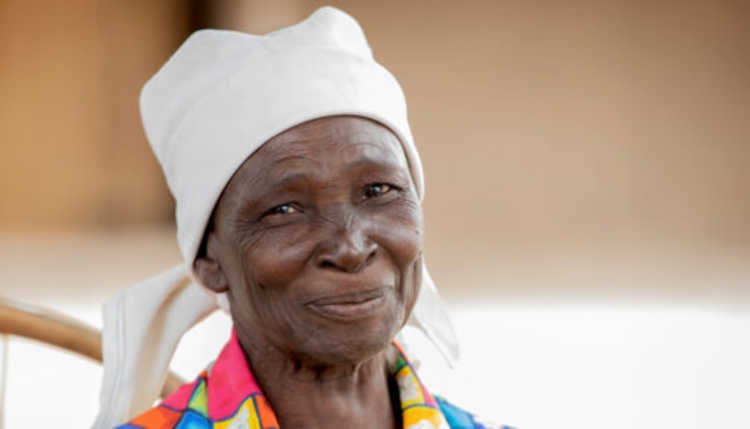A recent report showing how a community-focused eye health project in Malawi reached over 122,000 people, including women and people with disabilities, underscores the importance of inclusive health care.
Development Diaries reports that the project, supported by Sightsavers, was implemented across rural and high-poverty areas in the South West Health Zone of the country.
This development relates to the United Nations Sustainable Development Goals (SDGs), including ensuring that everyone has access to health services.
‘Unless inclusive eye health is recognised as a vital part of community health care, and inclusion of people with disabilities, women, and other marginalised groups is improved, efforts to achieve universal health coverage in the country will fail’, Sightsavers’ Senior Programme Manager, Effie Kaminyoghe, said.
‘The big achievement of this project was bringing eye health services down to a community level and ensuring more people could access and afford the services they need without travelling long distances or incurring debts.
‘We also provided input to the National Community Health Framework, to ensure it was inclusive of persons with disabilities’.
In Malawi, eye health is a critical public health concern due to various factors, such as limited access to eye care services, inadequate infrastructure, and a shortage of trained eye care professionals.
Challenges in eye health are further compounded by preventable and treatable conditions like cataracts, refractive errors, and infectious diseases such as trachoma.
It is great to learn about the remarkable outcome of this eye-care project. We understand that the project created systemic change through gender and disability inclusion training for health staff, supporting training of community-based ophthalmic clinical officers, and eye health awareness activities.
This implementation approach goes to show that the adoption of inclusive, sustainable investment and collaborative efforts in responding to social issues results in better outcomes.
Goverments and other development stakeholders should learn from this project implementation approach, especially with respect to awareness campaigns at the grassroots, training for health workers, and establishment of eye-care systems to improve the accessibility of eye health services.
Photo source: Sightsavers





